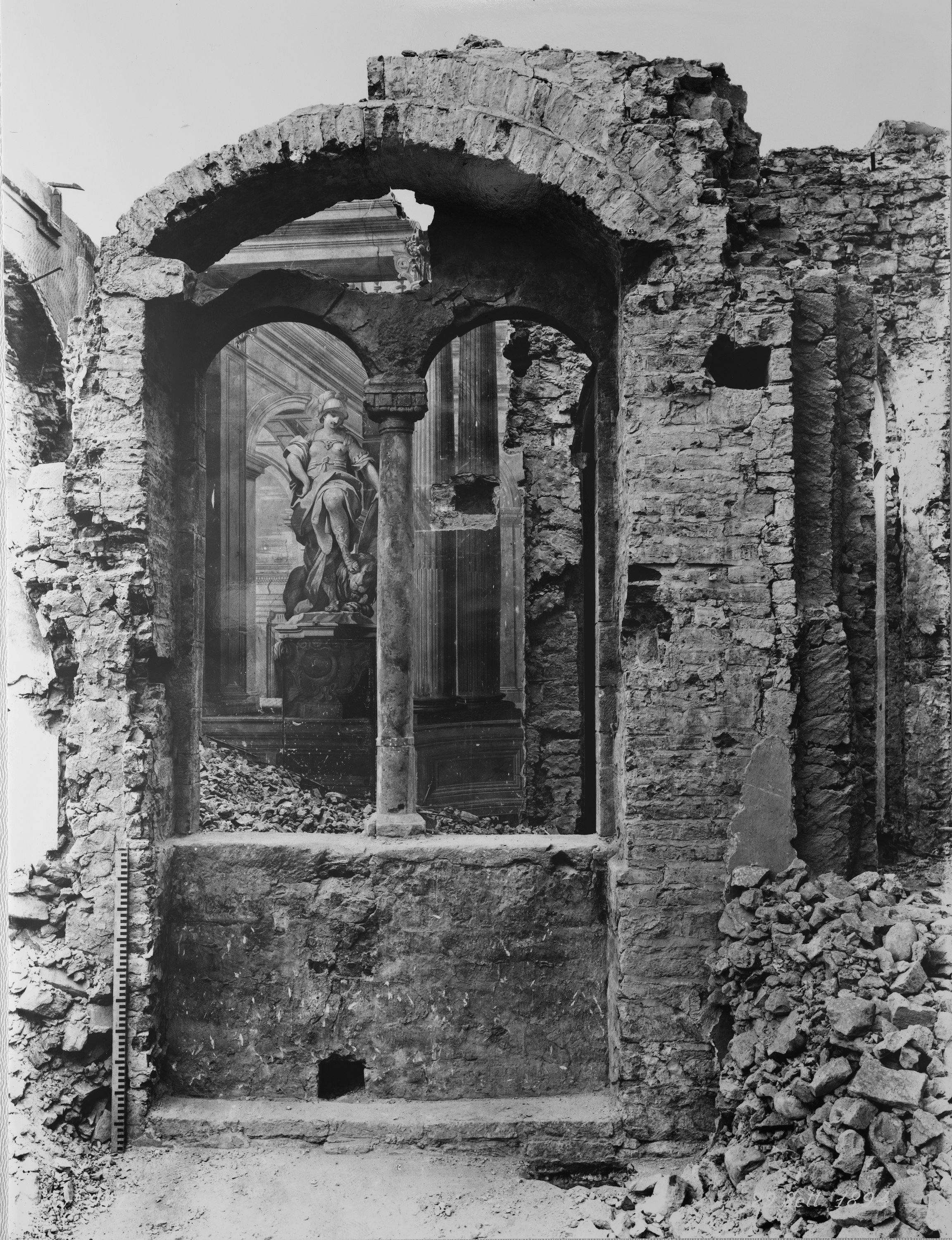The 19th-century renovation of the centre of Florence
The term "renovation" refers to a period in the history of Florence that began with the years when it was the capital of Italy (1865-1871) and lasted until the end of the 19th century, when a large section of the centre was given a more modern urban structure, consistent with coeval transformations occurring in other European cities at that time. One of the most important changes was the total destruction of the medieval part of Florence (founded on the ancient Roman Forum), which occurred due to reasons of decorum and social hygiene, and affected the area from the current Piazza Strozzi to Via dei Calzaiuoli, from Via Porta Rossa to Via de' Cerretani. Also, in this area (precisely between today's Piazza della Repubblica, Via dei Brunelleschi, Via dei Pecori and Via Roma) there was the 16th-century Jewish ghetto, which was vacated in 1885 and demolished in 1888.
The Uffizi Photographic Department preserves more than 300 plates from the photographic campaign carried out between 1892 and 1895 by the Municipality of Florence ('Commissione Storica Artistica Comunale' - CSAC) in order to document both the progress of the works (which began in 1881) and the historical remains of art and architecture of Florence that resurfaced during the demolitions. On that occasion, photography, an innovative technique for the time, was skilfully used for documentary purposes and in part allowed to address the outrage of newspapers and cultural circles at the destruction of the city's centre.
The photographs, which are often striking for their stunning framings, in some cases represent the only evidence of the old medieval Florence: narrow streets, widenings with tabernacles and aedicules, small churches, loggias, tower houses whose interiors were frescoed with a 'vair-like’ decoration simulating tapestries. The photo of the same building after a few months shows its gradual transformation and, in some cases, disappearance. Sometimes men, women and children, poor or wealthy, appear next to the ruins or in the streets: some posing, others as they peep around curious about a ‘magic’ instrument they are not used to. Most of the photographs, however, show an empty city, devoid of human figures, suspended in time: a lunar, petrified Florence, immortalised before disappearing forever.
M. Sframeli, Firenze 1892-1895. Immagini dell’antico centro scomparso, Firenze 2007.
